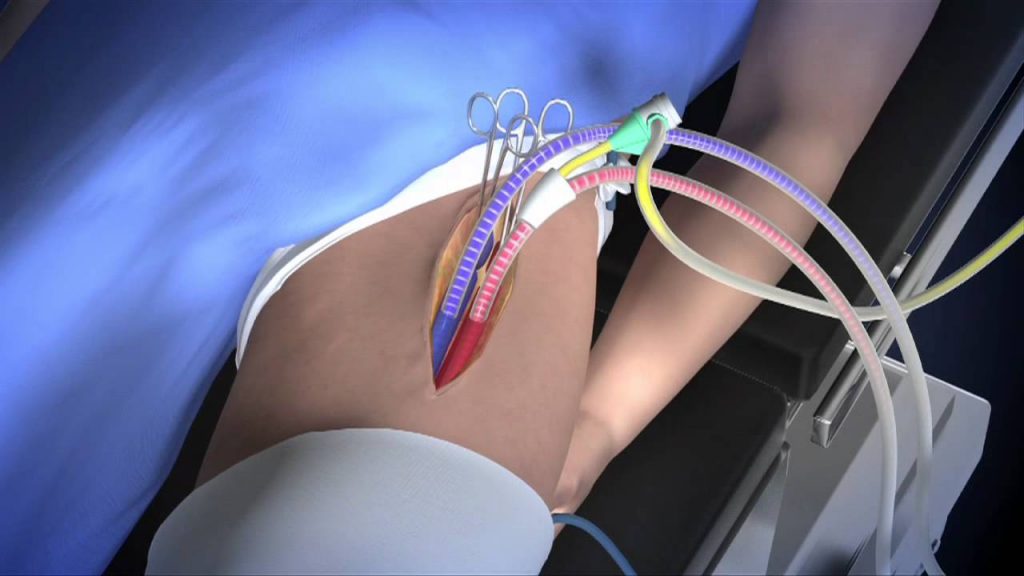Extracorporeal Cardiopulmonary Resuscitation in Out-of-hospital Cardiac Arrest: a Registry Study

Aims
Out-of-hospital cardiac arrest (OHCA) without return of spontaneous circulation (ROSC) despite conventional resuscitation is common and has poor outcomes. Adding extracorporeal membrane oxygenation (ECMO) to cardiopulmonary resuscitation (extracorporeal-CPR) is increasingly used in an attempt to improve outcomes.
Methods and results
We analysed a prospective registry of 13 191 OHCAs in the Paris region from May 2011 to January 2018. We compared survival at hospital discharge with and without extracorporeal-CPR and identified factors associated with survival in patients given extracorporeal-CPR. Survival was 8% in 525 patients given extracorporeal-CPR and 9% in 12 666 patients given conventional-CPR (P = 0.91). By adjusted multivariate analysis, extracorporeal-CPR was not associated with hospital survival [odds ratio (OR), 1.3; 95% confidence interval (95% CI), 0.8–2.1; P = 0.24]. By conditional logistic regression with matching on a propensity score (including age, sex, occurrence at home, bystander CPR, initial rhythm, collapse-to-CPR time, duration of resuscitation, and ROSC), similar results were found (OR, 0.8; 95% CI, 0.5–1.3; P = 0.41). In the extracorporeal-CPR group, factors associated with hospital survival were initial shockable rhythm (OR, 3.9; 95% CI, 1.5–10.3; P = 0.005), transient ROSC before ECMO (OR, 2.3; 95% CI, 1.1–4.7; P = 0.03), and prehospital ECMO implantation (OR, 2.9; 95% CI, 1.5–5.9; P = 0.002).
Conclusions
In a population-based registry, 4% of OHCAs were treated with extracorporeal-CPR, which was not associated with increased hospital survival. Early ECMO implantation may improve outcomes. The initial rhythm and ROSC may help select patients for extracorporeal-CPR.
